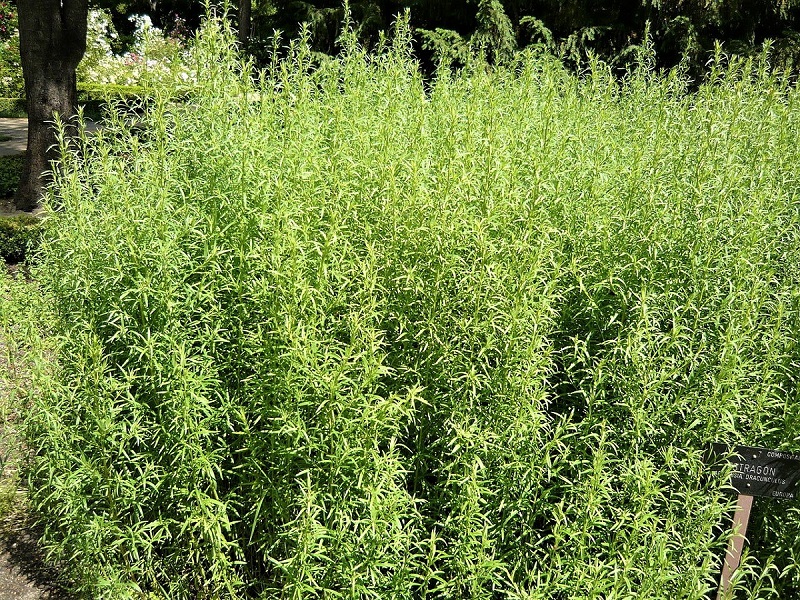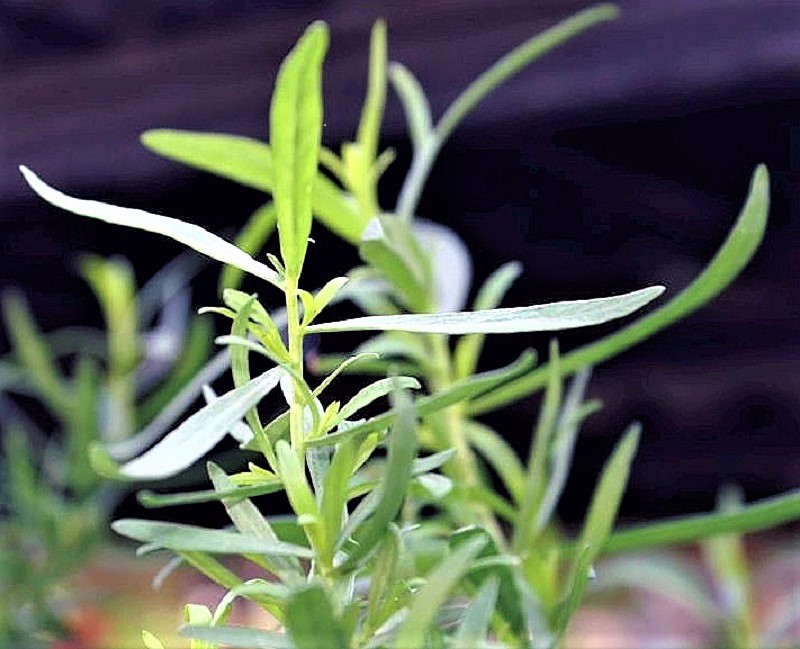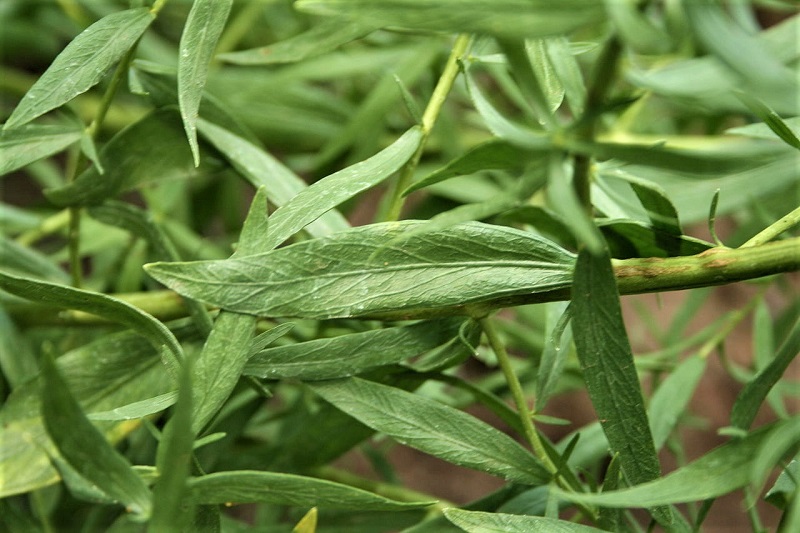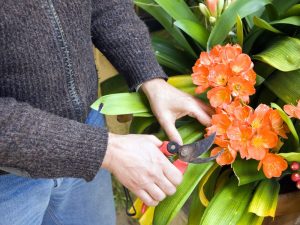Last Updated on August 10, 2023 by teamobn

(Photo: Cillas/Wikimedia Commons)
Unlike those overbearing herbs that dominate whatever dish they touch, French tarragon is a gentle mediator. The slender, aromatic, anise-flavored leaves of the perennial herb provide an essential flavoring to buttery béarnaise sauce. French chefs use them promiscuously in salads, fish, egg, and chicken dishes. A small sprinkling eases the saltiness of lobster and allows fresh scallops to find a rare and subtle sweetness.

French tarragon does not set viable seed. That’s why the Royal Horticultural Society recommends that you start the herb from cuttings or young plants you can purchase from your local garden center in spring.
Growing French Tarragon
You can plant the cuttings in your garden any time after the last spring frost on through summer and fall. Tarragon prefers a sunny, sheltered location with fertile, free-draining soil. The plant will take offense at the sogginess of a waterlogged environment. For best results, work some compost into the planting bed to improve the drainage – especially if you are planting in heavy clay soil.
Gently set the cuttings into their planting holes, making sure the tops of the root balls are even with the soil surface. You should allow around three feet between plants. A full-grown tarragon bush should cover about 12 inches of soil. Water the plants well and apply a light dressing of a granular general feed over the planting bed.

(Photo: David Stang/Wikimedia Commons)
Care and Maintenance
Keep the plants well-watered and pinch off any flowers that may appear. This will ensure a constant supply of fresh leaves for your kitchen. Be sure to keep the soil moist and cool to prevent powdery mildew. Experts recommend that you treat your plants to some liquid plant food twice during the summer.
If rust – a common fungal disease – invades your tarragon bed, dig up and dispose of any badly infected plants. The disease manifests itself with orange, yellow, or black spots or blisters that form on leaves, along with pale and distorted stems.
Your tarragon plants will become dormant in winter, dying back into the ground until the cold passes. If you live in an area that sees especially cold winters – or else have an exposed garden – protect your plants with horticultural fleece.

(Photo: Judgefloro/Flickr)
Harvesting Tarragon
You can harvest tarragon from May until September. Remove the shoot tips with a pair of secateurs and strip the leaves with your fingers. The leaves are best used fresh, but they can be dried and stored in airtight bags or containers. Young leaves have a better, stronger flavor.
If you want to use tarragon in the winter, you can either dry or freeze the leaves. Freezing is the best option – especially for leaves picked in the height of summer.
Your plants will remain productive for two to three years, but you will eventually need to replace them. To sustain a healthy, vigorous crop, divide your plants every three to four years in the spring or fall. New plants can grow from stem cuttings or root cuttings.

(Photo: Alice Chodura/Wikimedia Commons)
Are you ready to grow your own French tarragon?








